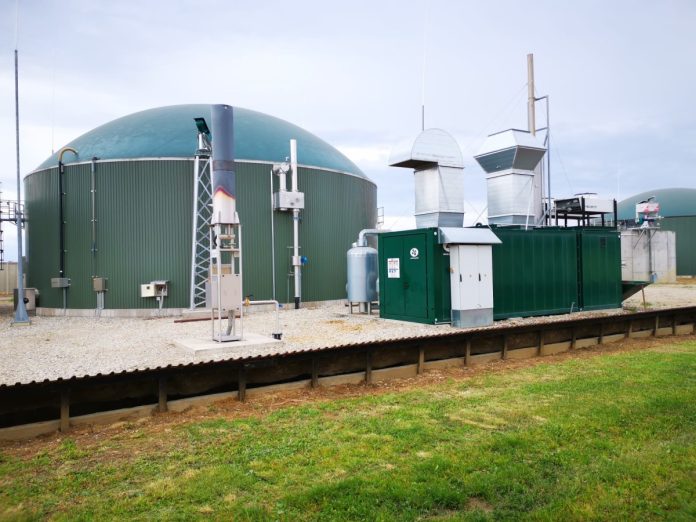One of the more important goals of attaining energy self-sufficiency in the European Union is the substitution of fossil gas with ecologically more acceptable bio-methane. The production of bio-methane in Europe is growing from year to year, and the European Biogas Association (EBA) is predicting that by the year 2030, Europe can supply 35 bcm of bio-methane, in line with the REPowerEU plan. However, EBA goes a step further. Its analyses show that the sector can supply much more bio-methane by the year 2050 and satisfy as much as 61% of the overall consumption of gas in Europe.
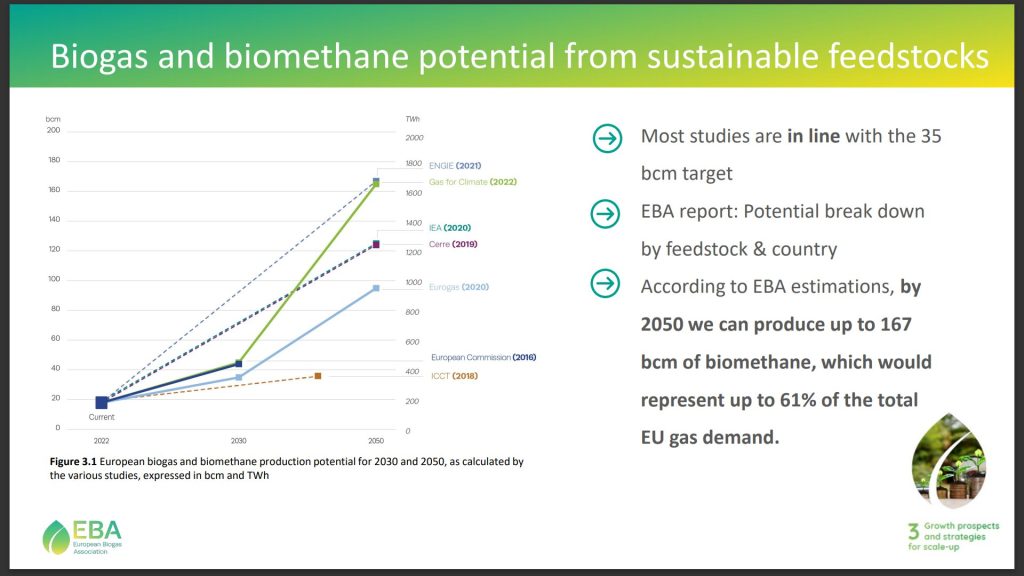
In order for Europe to be able to produce such an amount of renewable gas, bio-methane, it is necessary to build a much greater number of biogas plants. Namely, bio-methane is made through the technological process of purifying biogas. The production of biogas and bio-methane is exceptionally important for the circular economy because it uses biodegradable waste as a valuable raw material which is transformed in the operating process of biogas plants into fuel and enables the production of electric power. The application possibilities are quite comprehensive: in transportation, electric power generation, heating, etc.
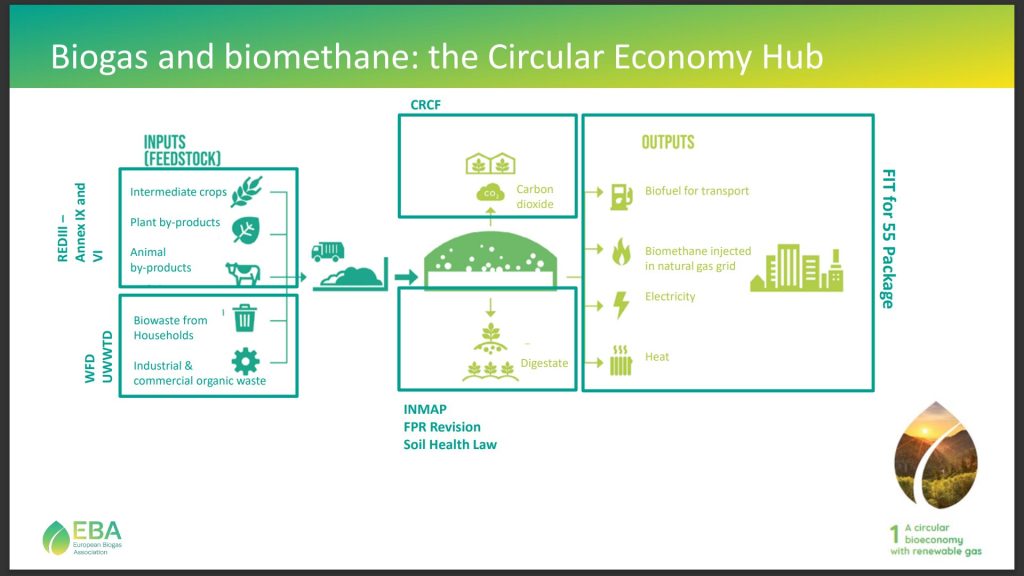
Herman Dekker, EBA director points out that currently in Europe there are about 20.000 biogas production plants and that the ambitions of the European Commission regarding the growth capacity are an achievable challenge.
“In order to achieve the envisaged 35 bcm of bio-methane, we have to build another 5000 biogas power plants, which could seem rather excessive but the fact that Germany succeeded in building 6000 power plants in nine years is an encouraging sign that the goal is achievable” the EBA director underscored.
According to the latest data provided by EBA, in the course of last year, as many as 99 new biogas plants were installed in Europe, mostly in Italy and France as well as 184 plants for the production of bio-methane more than in 2020.
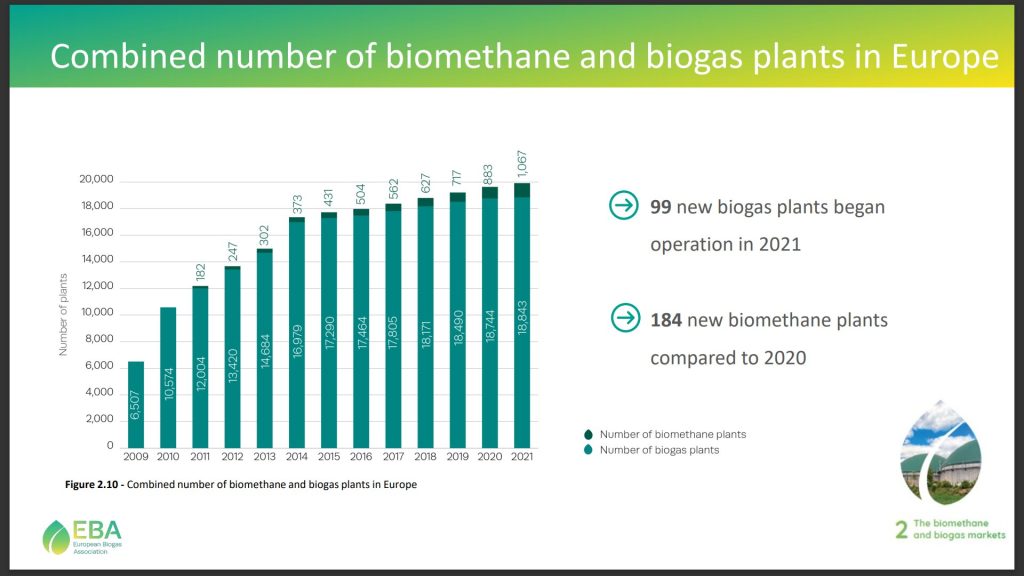
Biogas and bio-methane are exceptionally important for achieving the goals of energy security and production of available, safe, renewable gas by 2030. And while Europe is developing new biogas plants in order to achieve the energy goals, in Croatia they are facing shutdowns.
The crisis of the biogas sector in Croatia
Croatia has 48MW biogas plants and the electricity they produce can cover the consumption of about 100.000 households. On average, one biogas plant with an installed power capacity of 1MW produces 8.000 MWh of electric power annually, meaning that all the Croatian biogas plants produce 384.000 MWH of electric power. That is valuable energy that Croatia would have to import and pay millions for it if these plants did not exist. However, the situation in the market has brought almost all the biogas plants in Croatia to the brink of existence.
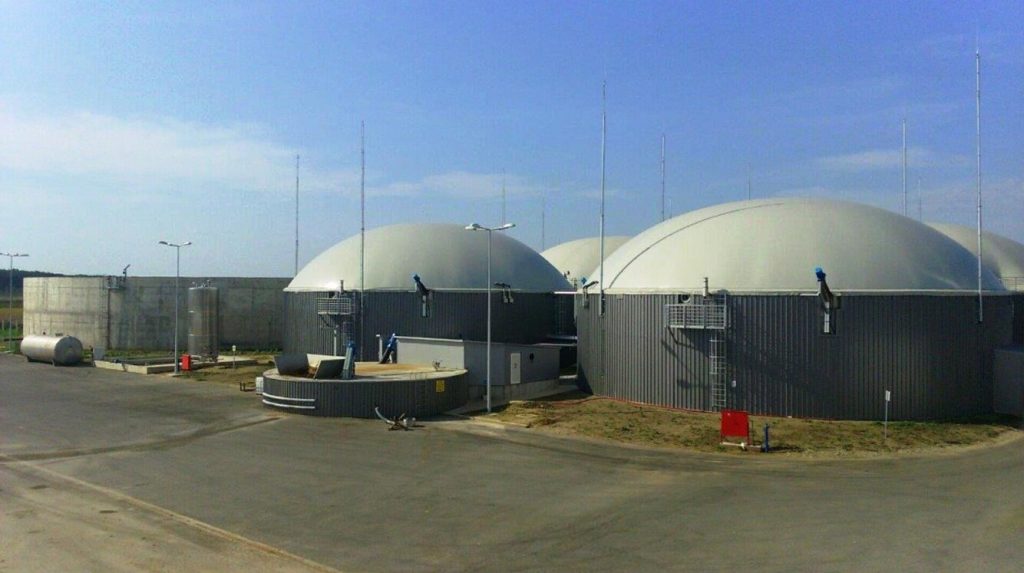
Impact of the energy crisis on the biogas sector
Since the end of 2021 and in the course of all of last year, from the beginning of the war in Ukraine and the energy crisis, the operational costs of biogas plants have grown multiple times. The costs of all the input expenditures and particularly of raw materials have gone up 100%. Therefore many biogas producers who couldn’t pay for the raw material had to decrease production in order to maintain the operability of the plants.
On a number of occasions, RESC informed the competent institutions of the problem in the course of last year. Letters on the need of finding an urgent solution were also dispatched to the Prime Minister of the Republic of Croatia.

RESC has also drawn up a draft Regulation granting biogas plants the possibility of correcting the incentive amounts in accordance with the rise of raw material prices. The draft was completed in July last year and sent to MINGOR.
Most of the biogas plants had agreements with HROTE on the sale of electricity. The price of electric power on stock exchanges grew enormously and those agreed upon with HROTE were inadequate for normal operation. Within the incentive system, they received 170 EUR per MW/h of produced energy and with that amount they could not cover the costs of raw materials and work of the plant.
Accordingly, some biogas producers decided to access the market which offered them the signing of agreements on the basis of which they could ensure the payment of the loans they took for building the plant and finance the procurement of raw materials in order for the continued operation of their plants.
According to data from the end of 2022, the HROTE incentive system gave rise to 22 MW, namely, 23 biogas installations which are approximately one-half of domestic biogas producers.
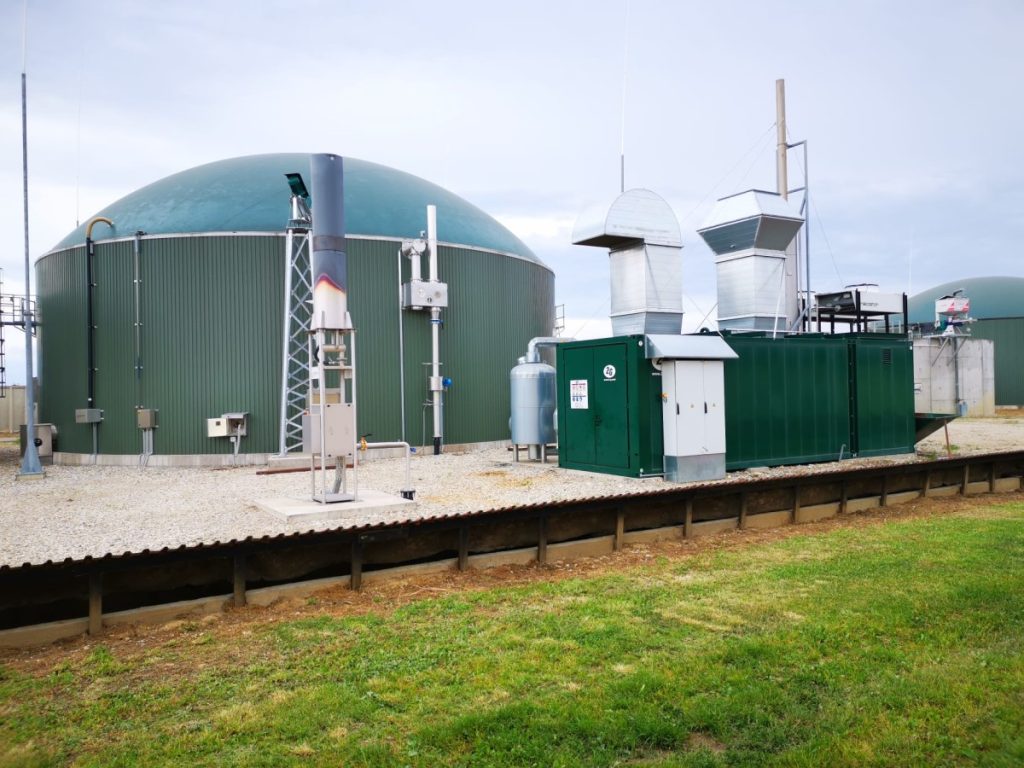
Limiting income prices and new problems for biogas plants
The war in Ukraine caused a great rise in energy prices so in order to protect consumers the EU brought a number of regulations and urgent measures for limiting price rises as well as collecting funds from energy companies for which it considered were making high earnings through the sale of energy. An upper price limit of 180€/MWh was introduced for producers from renewable energy sources.
The European regulation on the urgent intervention for the solution of high energy prices prescribes that member states can apply national crisis measures while bearing in mind that a specific upper limit of the market revenue of 180€/MWh for energy producers cannot impair investment signals and has to ensure the covering of investments and operational costs.
Given that the biogas plants in Croatia have considerably higher expenditures than the limit price of 180.00€/MWh, OIEH considers that in order to ensure the security of supply and sustainability of the system of generating electricity from RES, which is of interest for the Republic of Croatia, special measures should be applied as is the case in other European member countries. Taking into account the operational expenses, the plants could function normally if they received 280€/MWh for the generated energy. The difference between the existing price and the one required for the normal functioning of these plants is evident. This is precisely how much the daily amount in the red increases on the accounts of the biogas plants.
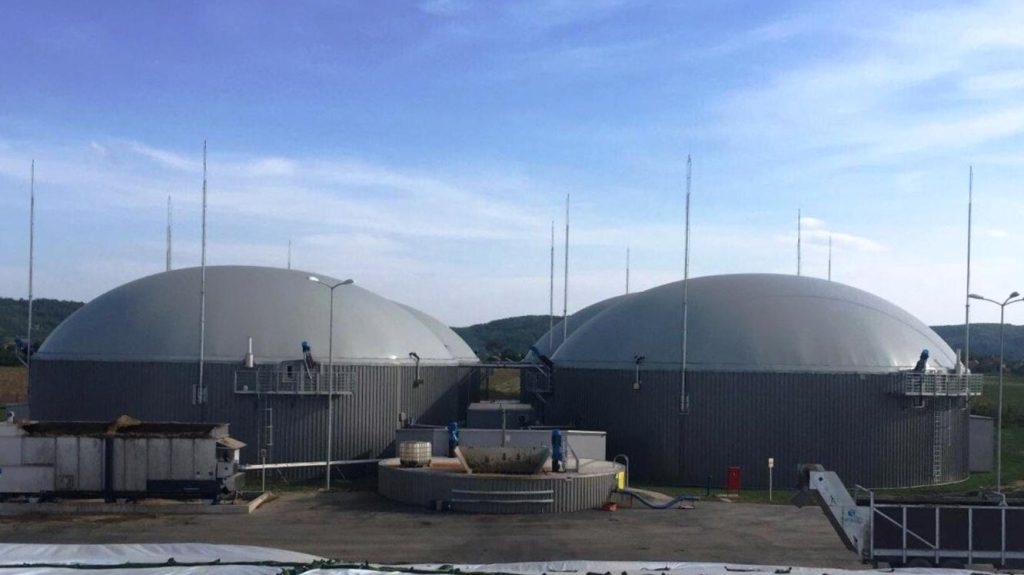
Other EU member countries have applied the Council regulation (EU)2022/1854 on the urgent intervention for solving the high price energy issue which enables the adjustment of crisis measures to actual needs. Austria and Germany, for example, do not apply the prescribed measures on biogas plants up to 1 MW because they are aware that otherwise, it would not be possible to cover the operational costs. In Germany, out of 9500 plants, the fee actually began to be applied on only 188, according to the German biogas association. The Czech Republic and the Netherlands, taking into account the specificity of the technology and operational costs, have enabled the biogas plants to have a higher upper limit of revenue in relation to other technologies. Although some countries have introduced for other electric power producers lower upper limits of income than the ones set by the EU, in case direct investments and operational costs for energy production exceed that amount, producers can raise the upper limit to an adequate amount with the presentation of proof of the expenditures. In addition, investment in RES and energy efficiency are recognized as expenses.
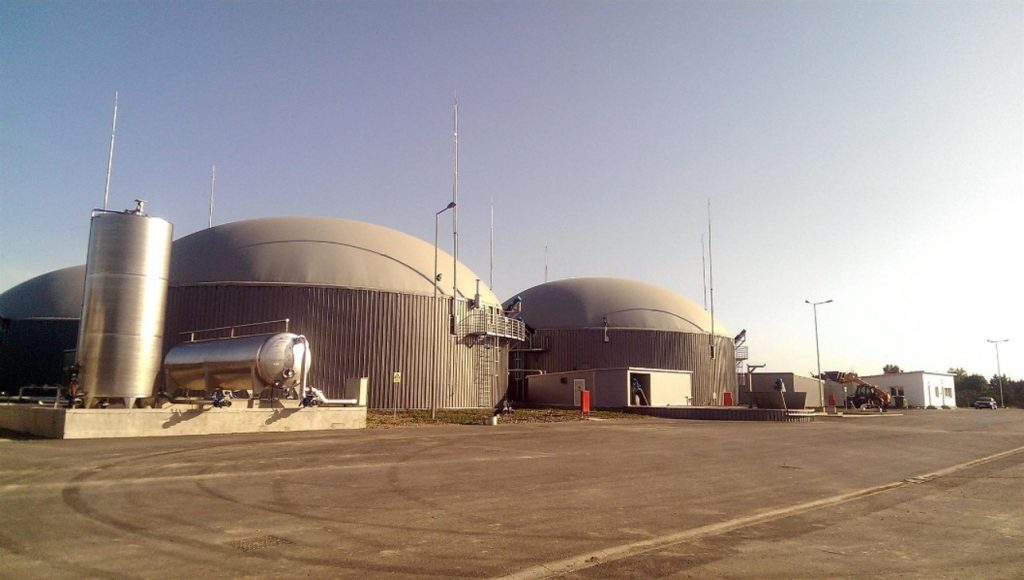
With all the above mentioned, the European regulation sets that biogas is an exception and that the price limitation does not apply to it. The assessment of the RESC working groups is that we can develop up to 300MW of biogas plants which should be enabled to produce and deliver bio-methane to the gas pipeline, In this way, we would come closer to attaining the goals of energy self-sufficiency as well as the circular economy. To allow such an important part of energy production in Croatia to shut down would be tragic especially in a situation when Europe and the world are moving toward considerable increases in energy production of renewable sources and much-needed substitution for fossil gas.


